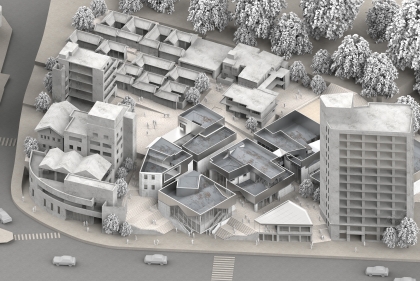Laser Template
Please read the "Working with the AutoCAD Laser Cutter File" for complete information.
All parts to be cut in AutoCAD must be drawn in the Laser Cutting Template available on the JUNO server at \\JUNO\Public\LaserCutter\LaserCutter File.
Please use the Laser Cutting Template to ensure your file is properly formatted. If your file is not properly formatted the laser operator will not cut your file.
Drawing
Draw everything in AutoCAD. Files drawn in other programs that are then imported or pasted into AutoCAD will cause problems.
Use only the seven standard colors: red, yellow, green, cyan, blue and white.
For smoother cuts, all continuous line segments should be joined using the PEDIT/JOIN command.
All line widths should remain at "0.00" thickness. Line Thickness settings for all layers are accessible in the "Layer Properties Manager" window. If you want scored lines to be thicker, do multiple .004" offsets.
If this is unacceptable, the laser system is capable of engraving virtually any thickness line. However, this involves raster engraving rather than vector scoring and requires considerably more time.
Before Your Appointment
Erase all stray lines.
Remove all overlapping and duplicate lines. The laser will double cut overlapping lines with very negative results. Use the OVERKILL command.
When importing files from RHINO, please refer to the "If you Must draw in Rhino" sheet posted in the laser room.
In AutoCad, it is possible to have multiple cut templates in a single file. Please ensure that any file you bring strictly follows the Laser Cutting Template format, is well organized and is ready to cut.
About the Laser
The laser's kerf is approximately .008" centered on the drawn line. This will cause the parts that are cut to be slightly smaller than what is drawn. This fact is normally insignificant, but if it is critical to your work, please make a note of it.
The rule of thumb for spacing between discrete parts is to allow at least half of the thickness of the material between relatively parallel cuts, particularly on acrylics.
For example, if you are using ¼" acrylic, allow 1/8" spacing between individual parts.

